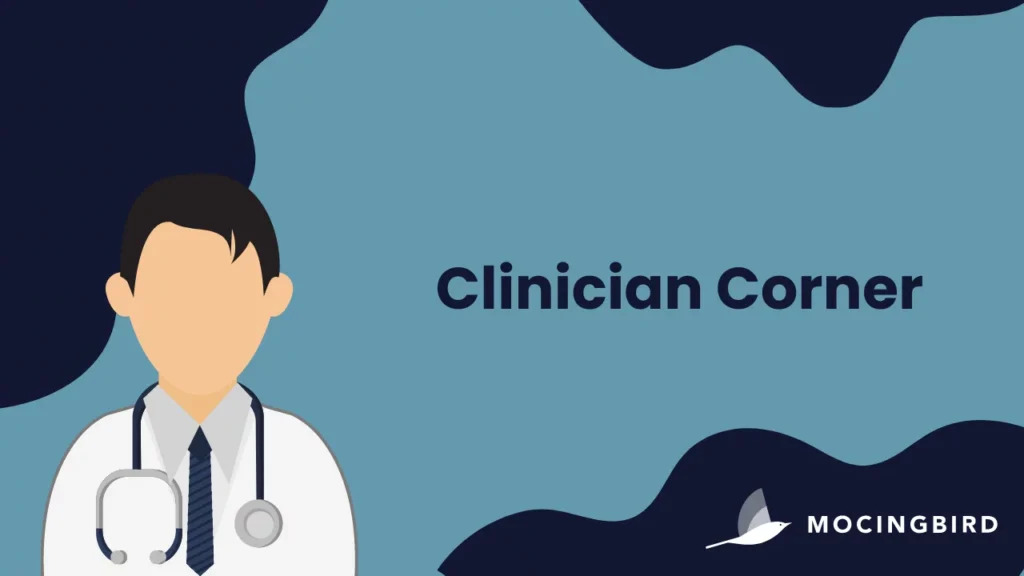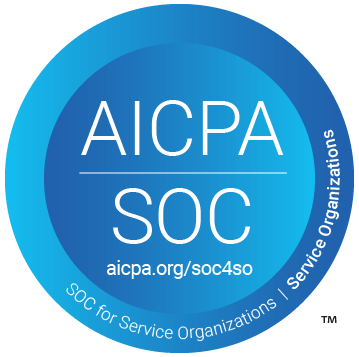Dr. Ian Madom, an Orthopedic Spine Surgeon and the Co-Founder of Mocingbird kicks off our ‘Clinician Corner‘ series with a heartfelt and genuine reflection on calling awareness to invest in our healthcare providers.
Last week I was reading an Op Ed piece in the New York Times about physician burnout. It was a testimonial from a mental health professional about her interactions with healthcare providers, namely doctors, and a growing number of programs to help them. Fantastic work, and timely, given the added pressures during the pandemic. I moved down to the comments section to get a flavor of what readers think of this issue and with great surprise, read many posts expounding how “it must be really hard” for these providers, and that docs are “burned out all the way to the bank.” I turned off my iPad, filled with confusion and anger. Is this how we are viewed these days? Money hungry technicians without a care for the people we serve. I grabbed a cup of coffee and sat on my couch, telling myself to chill out. But as I sat there, I began to wonder if those within healthcare really take provider burnout seriously.
I can only speak from my own experience, but my colleagues have shared similar views. The weight we feel as healthcare providers is real. It is constant pressure to produce better results, in less time, with more paperwork. It is the weight we bring home with us, the worry about how our patients will do. It is the constant pull away from family commitments. We get daily reminders of what we have not completed, rather than acknowledgement for the things we have done well. The bar is always being elevated, often defying logic. The healthcare system does not ask questions about how policies and procedures impact those who deliver care. The system just expects that it gets done; meet the metric or they will find someone else who can. It seems our administrators feel the same way.
…rules constantly change, and the timelines are all different.
My question to healthcare administrators is this: at what point is an investment into your workforce justified? Some healthcare administrators were former providers and used to care for patients the way I do now, but clearly have forgotten the burden of being a healthcare provider; others never knew the calling to serve others in need and would never understand how providers put their patient’s needs before their own. Not because they do not care, but because they have never lived that experience. Many of the former front liners, the healthcare provider now administrator, have forgotten how cumbersome all the continuing education requirements can be to track and complete in a timely manner. Especially when the rules constantly change, and the timelines are all different. They have transitioned to “bottom liners”. I’m sure they didn’t always think this way. But it now seems that providers are replaceable to them. We are widgets. You do not invest in your current infrastructure when you have this mindset; you replace it when it breaks. My follow-up question to administrators: is this sustainable?
Churn is not an adequate measure of how much you are getting out of “your greatest asset” because it focuses on turnover, not developing the potential value of the employee.
In 2007, Lori Besse and Daniel McMurrer1 wrote about the drivers of human capital and human capital management. In their paper, they detail extensive tools for organizations to start treating their employees as the assets they claim them to be, and not the costs as they are currently treated. Their framework looks at leadership development, employee engagement, accessibility to knowledge, workforce optimization and learning systems. Each factor is equally important in developing an organization’s human capital. Churn is not an adequate measure of how much you are getting out of “your greatest asset” because it focuses on turnover, not developing the potential value of the employee.
In my experience, most healthcare organizations treat healthcare providers as costs and don’t deliver on maximizing the human capital that they have at hand. In Besse and McMurrer’s framework1, they would be categorized as having poorly developed human capital management systems. This means that healthcare organizations make cursory or non-systematic attempts at addressing some aspects of human capital management.
Any healthcare provider who has sat through a hospital committee meeting knows this to be true. Too often, a new program is rolled out that will “help providers” but has been designed to benefit the healthcare organization. Solutions for the challenges providers face are considered their own responsibility; organizations shirk their responsibility for human capital investment and pass it back to the professional.
There is a growing body of evidence that supports investing in the healthcare workforce. The Medical Group Management Association (MGMA)2 has studied this, reporting that the greatest impact is on staff retention. We know that it costs an organization approximately $1M to onboard a new physician. Can organizations really afford to not invest in us? Or do they count on us not leaving, as we weigh the high personal switching costs, against our current dissatisfaction. Other industries have shown for decades that employee investment is a central HR function. Airlines like Southwest have proven that happy employees result in happy customers. Why can’t our healthcare leaders see the application in our industry; a more engaged healthcare provider will deliver better care resulting in happier and healthier patients.
Dr Graham McMahon, former president of the ACCME wrote a thoughtful and convincing article relating the importance of investing in human capital through professional education3. “I ask [healthcare leaders] to identify an underused and low-cost solution that can improve clinical performance, nurture effective collaborative teams, create meaning in work, and reduce burnout. The answer is, of course, education—but it’s surprising how few health care leaders have embraced the continuing professional development of their human capital as an organizational responsibility and opportunity.”
This current pandemic exemplifies that being a physician, nurse, physician assistant or any healthcare provider is a calling, not a job.
This current pandemic exemplifies that being a physician, nurse, physician assistant or any healthcare provider is a calling, not a job. I embrace my career as a surgeon because I value improving my patients’ quality of life. But how can I give my best self when the healthcare ecosystem that hires me does not care for my own wellness? Until we can change the minds of organizational leaders, we will fail to address many of the central drivers of provider burnout and patient dissatisfaction.
References:
1 HBR 2007 Lauri Bassi and Daniel McMurrer “Maximizing Your Return on People”
2 MGMA “what is the ROI from staff professional development” sept 2019
3 “The Leadership Case for Investing in Continuing Professional Development” Academic Medicine: August 2017 – Volume 92 – Issue 8 – p 1075-1077
Created by Healthcare Professionals. For Healthcare Professionals.
Don’t have a Mocingbird account yet? Sign up for your free trial today at mocingbird.com!




